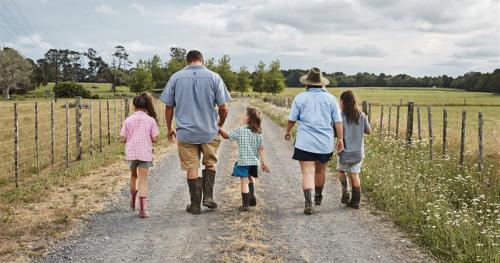Search results
Displaying 141 - 150 results of 805
- NewsB+LNZ continues to build its support for Whenua Māori, having established its very first Kāhui (Māori agribusiness advisory group) to represent the needs of Whenua Māori …

- News… to review New Zealand’s methane targets based on adopting a warming approach, and … emissions ahead of its review of methane targets in 2024. During his time in New Zealand, … a focus on warming when setting methane targets,” he says. In his lectures and meetings …

- Resource book… mating selling stock early mating hoggets grazing off 13 13 13 13 13 fertiliser use … 26 nitrate poisoning 26 pulpy kidney hoggets 26 liver fluke 26 endophyte toxicity 26 … sleeping too much indigestion stomach upsets muscle tension pains example lower back …
- News… Sam McIvor says strengthened reduction targets must not disadvantage sectors that have … this misconception that methane reduction targets are ‘letting agriculture off the hook’. … increases in the methane reduction targets. The 10 percent reduction in methane by …

- News… for New Zealand to revise its methane targets. …

- News… Dave Frame and Dr Adrian Macey. The report sets out how reducing methane emissions starts … and said the Climate Change Commission budgets should be based on warming rather than … Celsius, and this is reflected in the targets set under the Climate Change Response Act. …

- Factsheet… boundaries areas covered different data sets used agribase lucus lcdb lenz data sets treat different landwater cover types road … each other while tried standardise our data sets much possible figures areas might differ …
- Factsheet… next year tipene bull beef farmer waikato lets check out what youve learnt far looking …
- Resource book… taking over family farm property sold assets divided equally amongst family term … value onfarm heirs may struggle purchase assets from non farming siblings may want seek … taxeffective mechanisms reallocation assets when matriarch andor patriarch exit …
- News… end of a long era of direct investing and sets the stage for the next phase where the …
